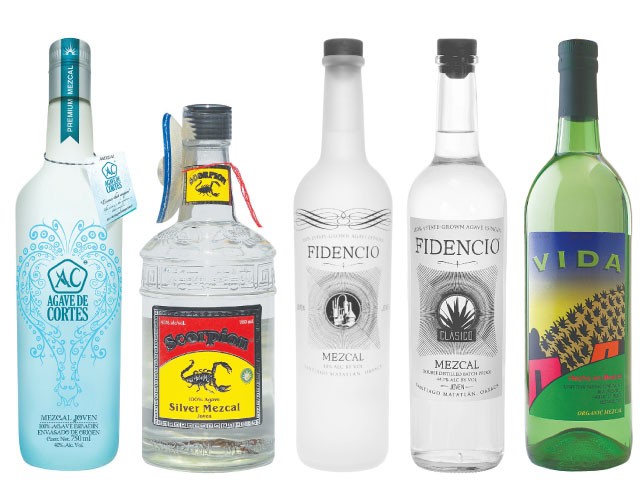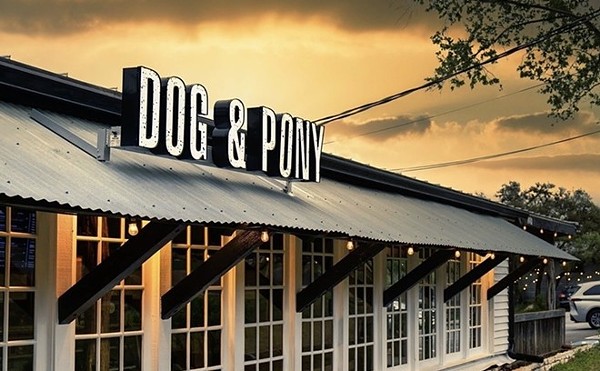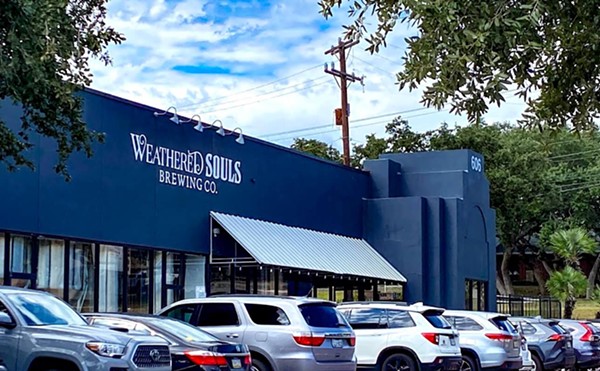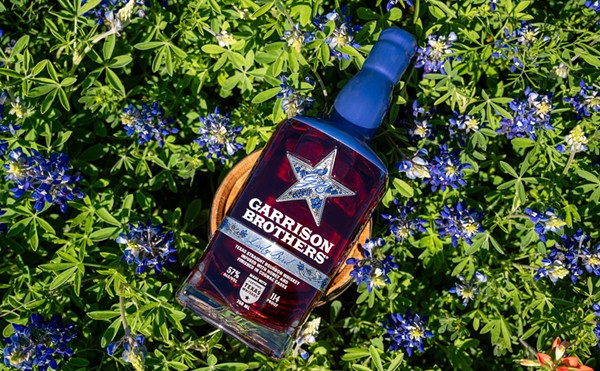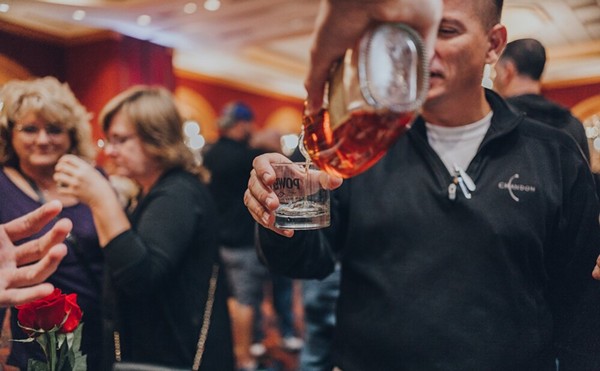These days, where there's smoke there's likely … a bartender. 1919's Stephan Mendez recently offered me a sample of rye infused with smoke from a PolyScience smoke gun using wood chips. It was intense, and though I wouldn't want to sip it solo, its use in a cocktail seemed to have serious potential.
Smoke in spirits is nothing new, of course; many are the fans of the smoky-peaty single-malt Scotches from Islay — Laphroaig being the chief performer or offender, depending on your point of view. Agave aficionados have also come to expect a smoky component in some tequilas, but it's mostly associated with mezcales, where smoke is at least in part a result of underground roasting. At a recent Current-choreographed mezcal-tasting hosted by Jeret Peña at Brooklynite, the panel had expected to be running for the fire exits in order to escape the smoke bombs. Not necessarily so.
Mezcal is an ancient and often untamed spirit with ancestral links to the even more-rustic, fermented pulque. By law, it can be made from any of a number of agave subspecies and in several locations in Mexico; in practice, it's distilled principally in Oaxaca from the spiky espadín agave (blue agave is the principal tequila base), though some producers are seeking out wild agaves from Oaxaca's rugged slopes and valleys. Yes, there has traditionally been a worm in the bottle — put there, we're told, to indicate that the bottled spirit was at just the right level of alcohol to preserve it, but the critter is absent from most modern bottles. There was a worm in only one of our six. There was another creature in one of the others.
The panel consisted of myself and Scott Andrews from the Current, Jeret Peña and Rob Gourlay from Brooklynite, and Chris Ware, formerly of Bohanan's and soon to become head bartender and manager at Jesse Pérez's Arcade in the Pearl. The mezcales, all jóvenes, or un-aged, were selected by Peña and are available at Brooklynite. We began with one of two Fidencios in the lineup, the Sin Humo. All of Fidencio's espadin agaves are harvested at full moon, and most are double-distilled. Uniquely, the Sin Humo piñas (the trimmed agaves) are baked in a "radiant oven" specifically designed not to convey a smoky quality. It works. "There's a lot of flavor missing … it's sort of like a harsh pisco," commented Ware. Peña agreed, while picking up a little brioche. Andrews found Dr. Brown's Cel-Ray Tonic.
"Para todo mal, mezcal. Para todo bien, también," goes an old Mexican saying. (For everything bad, mezcal. For everything good as well.) With the second in the lineup we began to think that might be true. The Agave de Cortez Silver Mezcal struck Peña as "a sipper; there's minerality right off." "There's a light smoke on the nose but it comes across more on the palate," said Ware, comparing the Cortez to a lightly smoky Jura single malt. Yours truly found the smoke to be almost bacon-y. We might have expected another kind of protein taste in bottle number three, the Scorpion Silver Mezcal. Yes, there's a de-stingered scorpion in the bottle, but venom wasn't anybody's impression. "Cookie dough," offered Andrews. "… with a hell of a lot of spice," added Peña. "It's spicy like a rye; it will stand out in a cocktail," summarized Gourlay.
On a recent trip to San Miguel de Allende, I stopped into El Tinieblo, a tequila bar near the central square. They made me a good mezcal-based Paloma with grapefruit soda. The same mezcal, the El Tinieblo Joven (produced in Tamaulipas, it was the only bottle from outside the Oaxaca region) failed to impress anyone much, however — despite being made from three "wild" agaves and being double-distilled after cooking over mesquite. "You could sell this to somebody who doesn't know mezcal. It's beautiful for getting into it," thought Gourlay. But comments such as "metal, not mineral," "rubbery finish," and "faint smoke hiding behind a methyl alcohol smell" wouldn't convince too many first-timers.
The Fidencio Clásico redeemed the label in the panel's eyes and palates; it inspired the most discussion of any in the lineup with commentary such as "buttery, toasty … never anything like that before" (Peña), "brown sugar!" (Gourlay), "definitely a sipper; it rolls extremely well from side to side and front to back [of the mouth]"( Ware). Cocktail suggestions ran the gamut from lemon to cream and coffee, after which the last contender, Del Maguey's Vida, the entry-level offering from the acclaimed single-village series that arguably started the whole mezcal craze, fell flat.
"It works in cocktails," offered Gourlay in its defense, and in fact that is what the producer intended. But Andrews found the difference in mouth feel between this and the Fidencio to be revealing, and nobody seemed to get the predicted fruitiness, leaving us with two consensus winners out of the six: the Agave de Cortez Silver (also investigate their reposado, añejo, and extra añejo mezcales) and the Fidencio Clásico. And though the Fidencio Joven and the Del Maguey Vida were the least favorite, none approached the roughness suggested by Malcolm Lowry in Under the Volcano, who characterized the drink as "ten yards of barbed wire fence" — all the while consuming gallons of it.

